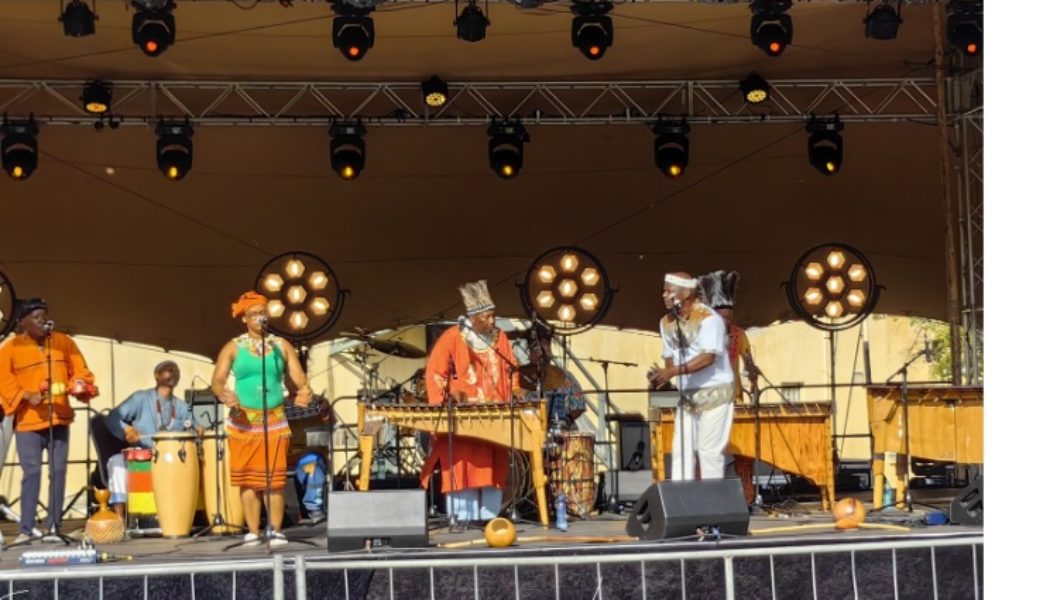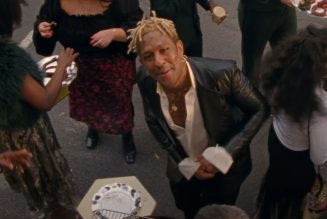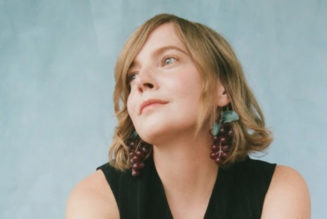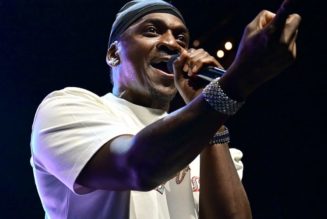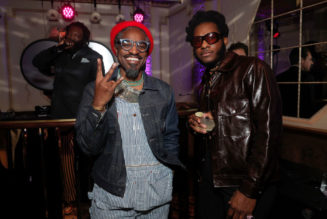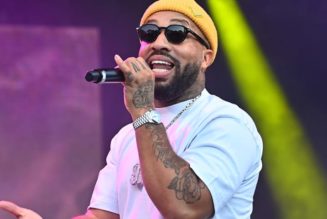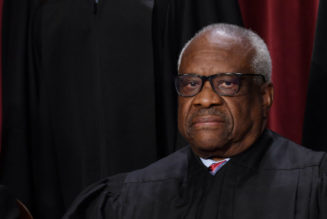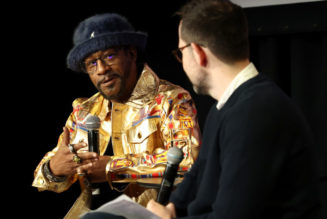
Venues for the music over the first five days ranged from Touch of Madness in Observatory to Guga S’thebe in Langa, from the Joseph Stone Auditorium in Athlone to The Commons in Muizenberg. Lovely as this was, providing a smorgasbord of musical delights, the heart of the festival was set in the Castle of Good Hope on Friday 22 and Saturday, 23 December.
The Castle, which is not really a castle but rather a fort, is a Cape Town landmark and a historical monument. It is considered to be “the best-preserved example of a 1 architectural structure in the entire world”. The front courtyard, where the festival was held, could easily hold well more than 2000 people, including the stage for the performers. However, it is tainted by the divisive role it played in South Africa’s colonial history. So it was an inspired idea to incorporate a Khoisan blessing of the Castle at the start of the festival.
Perhaps the cleansing of the blessing, combined with the healing power of music, helped a few restless spirits find peace. What was certain was that the atmosphere was charged with an energy greater than the sum of exceptional music and audience enthusiasm. You cannot capture this sort of energy in words, or on recording devices, but Carol Muller, a Cape Town-born ethnomusicologist, and currently a Professor of Music at the University of Pennsylvania, was there recording specific artists for educational purposes. Humanity has a lot to learn, or re-learn, about the power of music.
An important component of any event of significance in the performing and creative arts is education and community development initiatives. AfroFestSA do not disappoint in this regard, with their plans for free workshops and information sessions. The sessions would include indigenous music, mainstream music education, music theory, performance, and the music industry generally. These will be held at various music venues and community centres. The speciality workshops will include Entrepreneurship, Media Relations, Social History and Business Networking.
AfroFestSA collaborated with the Koena Art Institute, which was hosting a stunningly beautiful exhibition of sculptures, paintings and mixed-media works created by Khoi and San artists at the Castle. Creatively executed, powerfully intense, and deeply moving, this is an art exhibition not to be missed.
Musical highlights out of the 12 performances on 22 December, and the 11 performances on 23 December, were many (more than I could possibly do justice to) but what grabbed my attention, was the energy and sheer danceability of much of the music.
Notable among the musical acts was Amampondo, an African percussion group founded in 1979 by Dizu Plaatjies. Together with the late Latozi “Madosini” Mphahleni, they played a pivotal role in preserving traditional African music in South Africa.
Hassan’adas and Guests brought vibrant, funky, and joyous sounds, creating an atmosphere that was highly danceable and energetic. The Bongani Sotshononda Quartet seamlessly blended jazz, indigenous rhythms, and world music, consistently pushing the boundaries of musical expression.
The Hilton Schilder Goema Club celebrated the quintessential sound of Cape jazz, emphasising the significance of goema in shaping Cape Town’s musical identity. Artists like Hilton Schilder, Mac McKenzie, and Robbie Jansen were acknowledged for their contributions to keeping goema at the forefront of the South African jazz scene.
The Little Giants, formed in 1999 by Ezra Ngcukana and George Werner, presented a dynamic and ever-changing group of young musicians, with members maturing and transitioning to other projects over time.
Ernestine Deane and Friends delivered a poetic and spiritually soothing performance, acknowledging the symbolism of playing in the Castle courtyard. The hauntingly beautiful music resonated with the historical context of the venue.
The Alvin Dyers Trio, accompanied by Zeke le Grange, showcased mastery and musical prowess, with Alvin Dyers’ understated yet powerful guitar skills taking centre stage. The energy remained consistently high throughout their performance.
Sons of Selassie and Bro Manchi made a memorable debut at the festival, breaking through cobwebs and mental debris with a performance that left the audience breathless, smiling, and calling for encores.
Finally, the Khaya Mahlangu Ensemble, led by the acclaimed composer and saxophonist Khaya Mahlangu, demonstrated the fullness, depth, and beauty of his compositions. Described as a luminary and veteran, Mahlangu’s performance highlighted his legendary status in the world of South African music.
It’s a sad truth that live music consumption by Western-influenced audiences is to simply sit and listen. They feed on the energy the musicians put into the music and suck it up without giving anything back, apart from polite applause. The audience needs to be active participants, dancing, moving, and giving energy back to the musicians. And this is exactly what happened at AfroFestSA, creating a dynamic and special relationship between everybody. Despite the relatively small number of people attending, this was an absolute knock-out event of high quality in full flight.
